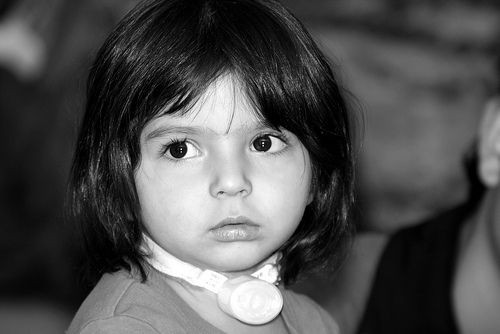Groundbreaking 2008 Trachea Transplant Remains Successful: Could The Procedure Become Routine?

Five years after an unnamed, 30-year-old Colombian mother of two received an artificial, tissue-engineered windpipe, the patient is still alive — a promising sign for doctors as it now marks the first-ever trachea transplant to be completed successfully.
The victory comes in the grim wake of an unsuccessful transplant earlier this year, involving 2-year-old Hannah Warren, who, in July, died of worsening complications following her surgery. The present success marks a landmark step forward in medical science one day routinizing the procedure and leaving the whiff of science fiction behind.
"These results confirm what we — and many patients — hoped at the time of the original operation: that tissue-engineered transplants are safe and effective in the long term," Dr. Paolo Macchiarini, the Stockholm-based surgeon who pioneered the procedure, said in a statement.
Published in The Lancet, the present study underscores the need for further research into the procedure more generally. While five years off her transplant, the patient still has scarring from incisions made in 2008. Worse, she’s cycled through 14 different stents in that time just to keep her windpipe from narrowing, which, according to Macchiarini, “shows that long-term biomechanical stability can be improved, something which is currently under active pre-clinical investigation.”
The woman’s new trachea was fashioned out of stem cells from a donor trachea, following the patient’s severe bout of tuberculosis that collapsed a section of her windpipe. A team of international researchers, led by Macchiarini, implanted the newly engineered tissue into the patient and used her own cells to recelluarlize — incorporate, essentially — the new trachea.
One expert, in a related editorial, went so far as to call the findings “the end of the beginning” for tissue engineering; however, the future may still be riddled with potential landmines.
“Whole organ tissue engineering is akin to converting a Ford into a Ferrari while driving at top speed. The approach is elegant but fraught with challenges and opportunities for improvement,” said Professor Alan Russell of the Disruptive Health Technology Institute at Carnegie Mellon University. “Few medical advances have needed a complete biological understanding before implementation……[but the authors] present compelling evidence that the tracheal graft is now naturalized."
Despite her persistent scarring and revolving door of tracheal scaffolding, the patient has displayed remarkably stable vital signs, particularly given the procedure’s failures earlier this year. Doctors report the woman enjoys a good quality of life, active social and working life, and maintains healthy lung function and immunologic response. Her scarring remains, but earlier side effects of coughing have subsided.
By Russell’s measure, the scarring may not be all that unusual. Now that doctors have tissue engineering largely under their belt, the real litmus test going forward, he argues, is whether these new organs can be safely implanted into neighboring regions in the body.
“Although heroic in complying with the needs of a research study, the patient is suffering from ongoing complications from scarring at the proximal anastomotic site,” he said. “The formation of a stricture shows that the remaining challenges for tissue engineering of thin hollow organs such as trachea, esophagus, intestine, blood vessels, and bladder relate to how neo-tissues are incorporated into existing structures.”
Source: Gonfiotti A, Jaus M, Barale D. The first tissue-engineered airway transplantation: 5-year follow-up results. The Lancet. 2013.



























